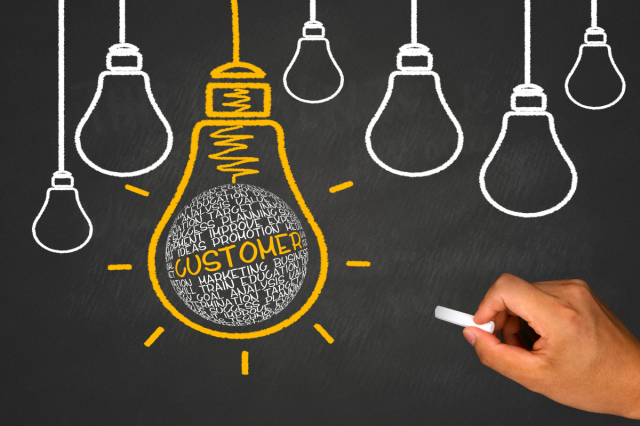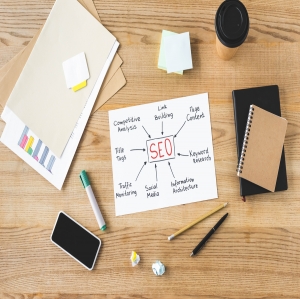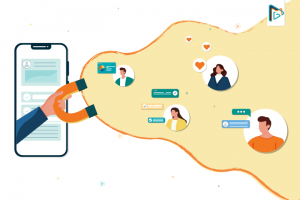For many companies, the customer journey begins with onboarding—a crucial phase that can significantly impact long-term customer loyalty and retention. In fact, studies show that a well-executed onboarding process can improve customer retention by up to 50%. However, many businesses still struggle with onboarding, leading to customer churn and dissatisfaction. So, what's the missing piece? The answer lies in education. By integrating educational strategies into the onboarding process, companies can empower customers, reduce time to value, and enhance overall satisfaction.
The Importance of Customer Onboarding
Customer onboarding is more than just a welcome email; it's a comprehensive approach to introducing new users to your product or service. This initial experience sets the tone for the entire customer relationship. If customers feel supported and understand how to use your product effectively, they are more likely to become loyal advocates. On the other hand, a confusing or overwhelming onboarding process can drive customers away, often before they even realize the value of your product.
Common Challenges in Onboarding
Many companies face challenges during onboarding, such as information overload, lack of engagement, and customer confusion. These issues can lead to frustration, resulting in customers abandoning your product early on. Education plays a vital role in addressing these challenges by providing clear, concise, and relevant information that helps customers succeed from the start.
The Role of Education in Customer Onboarding
Building Customer Confidence
Educational resources are essential for building customer confidence. When customers have access to tutorials, guides, and webinars, they feel empowered to use your product to its fullest potential. Similarly, tools like employee recognition software can empower teams internally, boosting morale and creating a more engaged workforce to support successful customer onboarding. For example, SaaS companies often use detailed knowledge bases and step-by-step guides to walk users through their software's features. By providing these resources, companies can reduce the learning curve and increase customer satisfaction.
Reducing Time to Value (TTV)
Time to value (TTV) is a critical metric that measures the time it takes for a customer to experience the benefits of your product. The shorter the TTV, the more likely customers are to stick around. Educational content, such as quick-start guides and product tours, can accelerate this process by helping customers understand the value of your product quickly. For instance, onboarding checklists can guide customers through essential tasks, ensuring they achieve their first success milestone faster.
Enhancing Customer Engagement
Interactive educational materials can significantly boost customer engagement during onboarding. Quizzes, interactive demos, and gamified learning experiences keep customers interested and motivated. Gamification, in particular, adds a fun element to the onboarding process, encouraging customers to explore your product's features while rewarding them for their progress. This approach not only educates but also enhances the overall customer experience.
Types of Educational Content for Onboarding
Self-Service Resources
Self-service resources, such as FAQs, knowledge bases, and help centers, allow customers to find answers independently. These resources are available 24/7, giving customers the flexibility to learn at their own pace. For example, companies like Zendesk and HubSpot offer comprehensive help centers that cover a wide range of topics, empowering users to troubleshoot issues on their own.
Live Training and Webinars
While self-service resources are great for independent learners, some customers prefer a more hands-on approach. Live training sessions, webinars, and Q&A sessions provide real-time interaction, allowing customers to ask questions and receive personalized support. This approach is particularly effective for complex products that require a deeper understanding. Personalized training not only enhances the onboarding experience but also builds a stronger connection between the customer and your brand.
Video Tutorials and Walkthroughs
Video content is a powerful educational tool that appeals to visual learners. Video tutorials, product walkthroughs, and explainer videos break down complex concepts into easy-to-understand segments. Companies like Slack and Trello use short video clips to guide users through their platforms, making the onboarding process more engaging and less intimidating. To maximize impact, keep videos short and focused on specific features or use cases.
Email Drip Campaigns
Email drip campaigns are another effective way to educate customers during onboarding. These campaigns deliver a series of educational emails over time, guiding customers through key features and best practices. For example, an email sequence could introduce users to basic features in the first week, followed by advanced tips and tricks in the following weeks. This gradual approach prevents information overload and ensures customers get the most out of your product.
Best Practices for Implementing Educational Onboarding Programs
Personalization
One size does not fit all when it comes to customer education. Tailoring educational content to different customer segments and use cases can significantly enhance the onboarding experience. For instance, an e-commerce platform may provide different onboarding guides for sellers and buyers. Using data analytics to understand customer behavior and preferences can help you deliver personalized onboarding experiences that resonate with your audience.
Accessibility and User-Friendliness
Educational content should be easily accessible and user-friendly. Ensure that resources are mobile-friendly, especially since more customers are accessing content on their smartphones. Additionally, offering multilingual support can expand your reach to a global audience, making onboarding inclusive and accessible to all customers.
Feedback and Continuous Improvement
The onboarding process should not be static. Continuously collect feedback on your educational materials to identify areas for improvement. Surveys, feedback forms, and direct customer interactions can provide valuable insights into what's working and what's not. By iterating on your educational content, you can refine your onboarding process to better meet customer needs.
Conclusion
Education is a powerful tool that can transform the customer onboarding experience. By providing customers with the right resources, companies can build confidence, reduce time to value, and enhance overall satisfaction. Investing in educational onboarding not only improves customer retention but also strengthens your brand's reputation. Now is the time for companies to assess their onboarding strategies and leverage education to set their customers up for long-term success.






